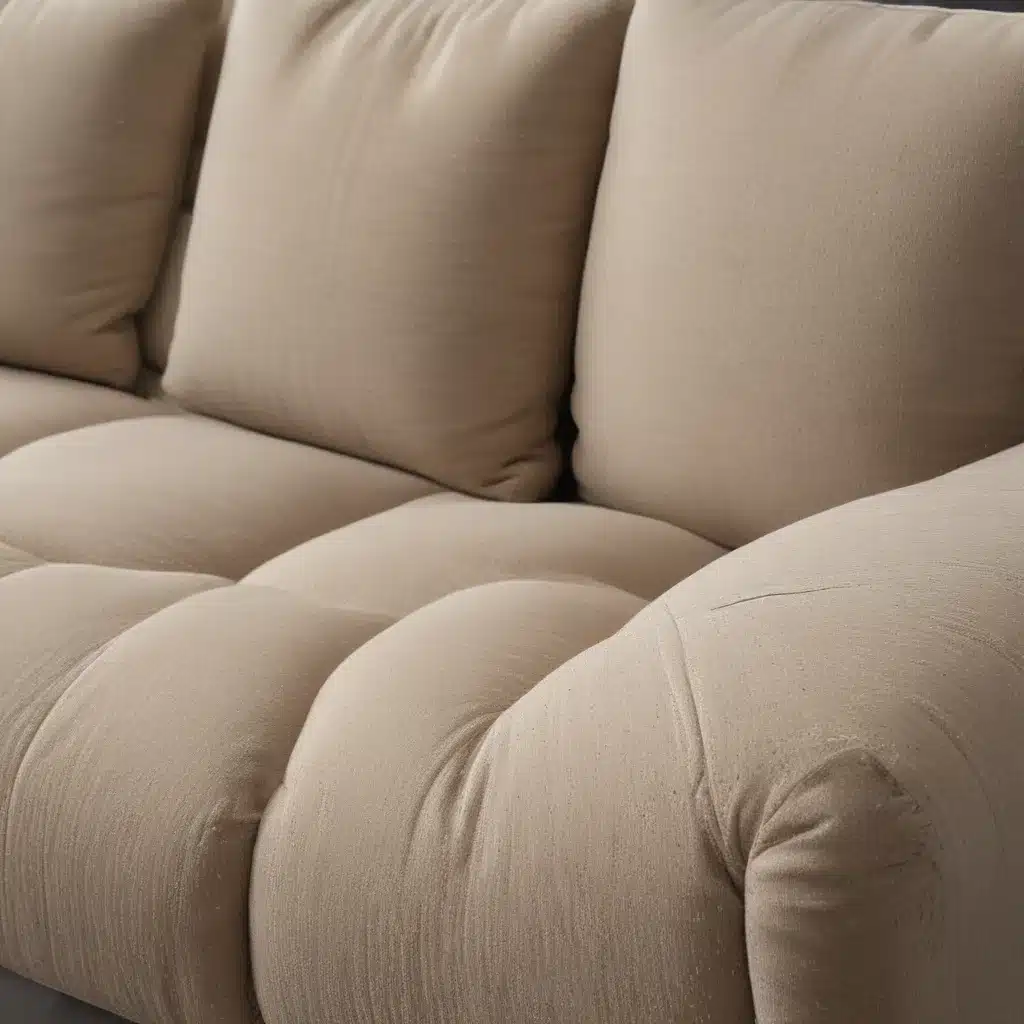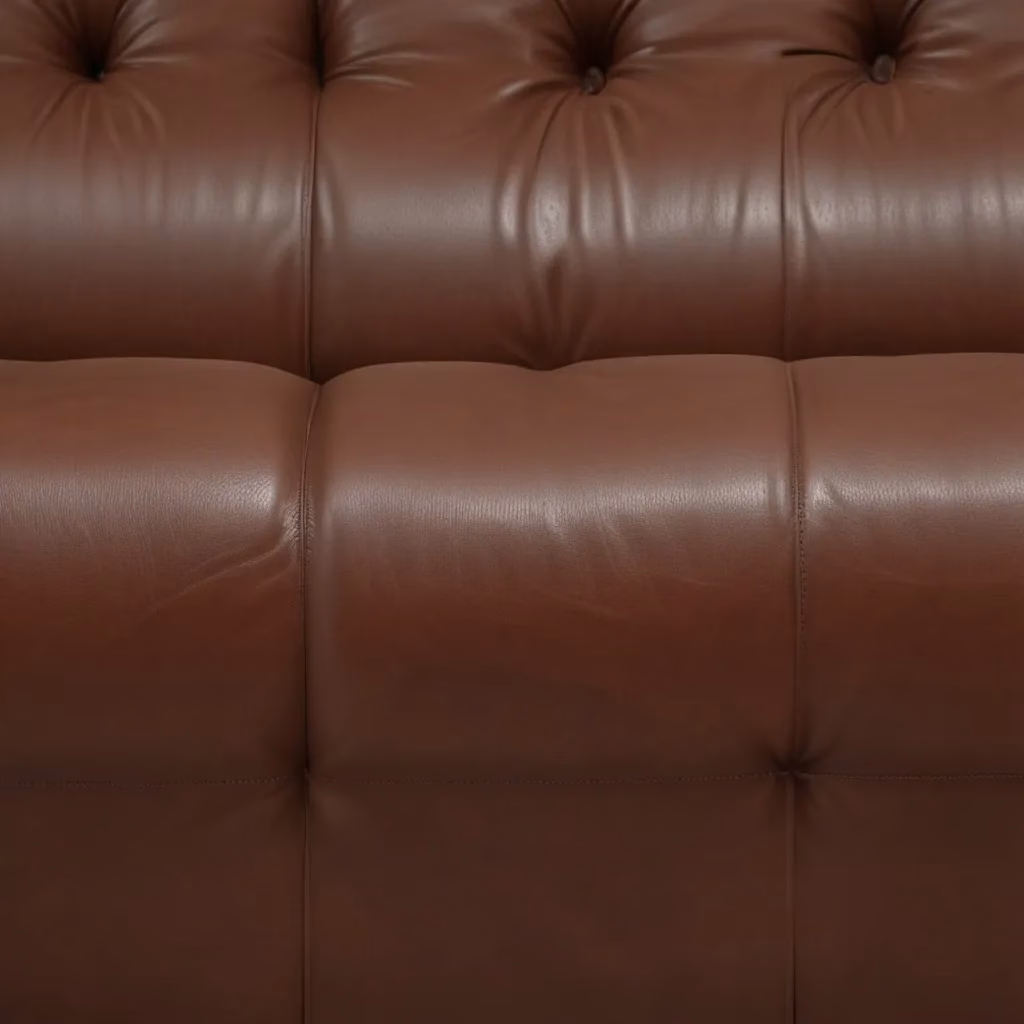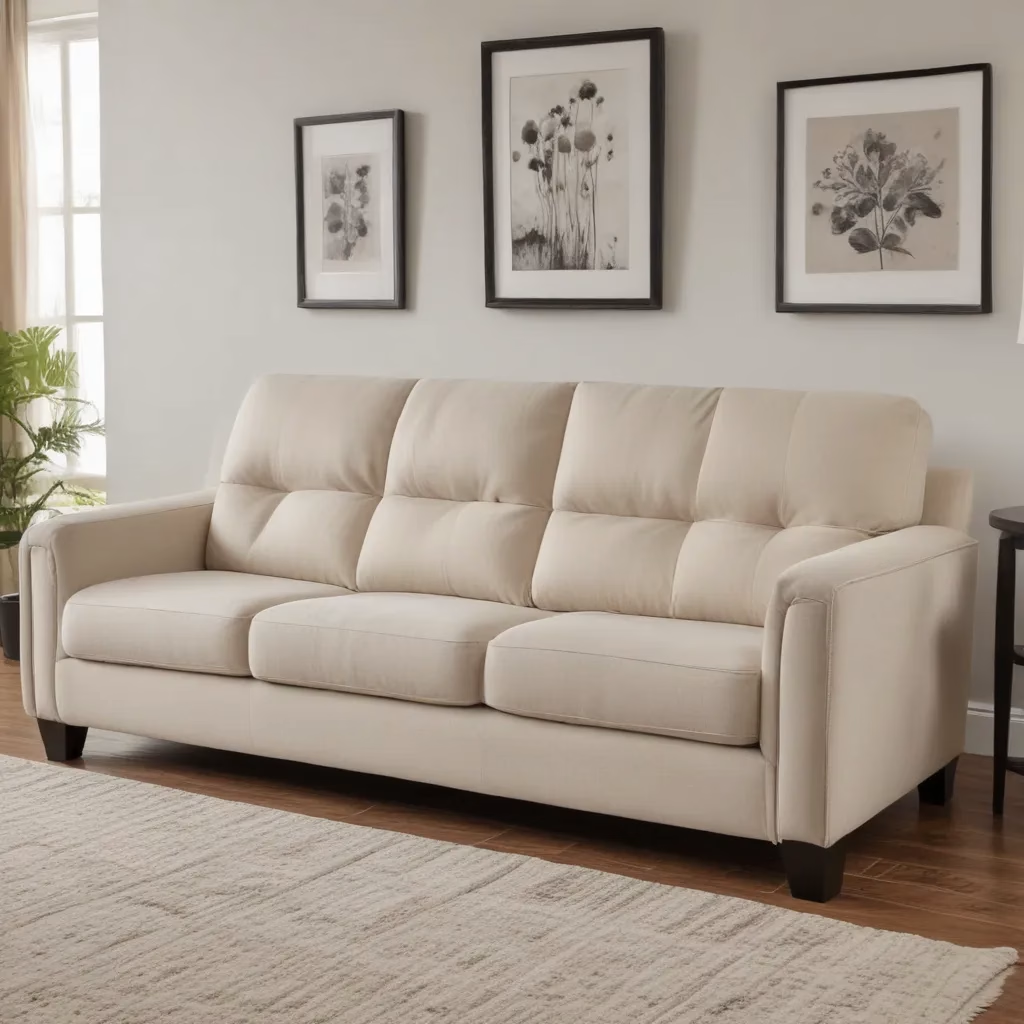As someone who’s always had a passion for interior design, I’ve often found myself lost in the endless world of upholstery fabrics. From the luxurious sheen of velvet to the timeless appeal of leather, each material offers its own unique charm and characteristics. But two fabrics that have consistently caught my eye are microfibers and chenille – two seemingly disparate textiles that, when combined, create an intriguing balance of durability and softness.
Microfibers: The Unsung Heroes of Upholstery
Mention the word “microfiber” to anyone, and their minds might instantly jump to the ubiquitous cleaning cloths that have become a staple in households across the globe. But did you know that this versatile material has also made a significant impact on the world of upholstery?
Microfiber upholstery fabric is renowned for its exceptional durability and stain resistance, making it an excellent choice for homes with active families or furry four-legged companions. Crafted from ultra-fine polyester or nylon fibers, microfiber boasts a smooth, velvety texture that’s a pleasure to the touch. And unlike some natural fabrics, it’s highly resistant to spills and stains, requiring only a damp cloth to maintain its pristine appearance.
But the true beauty of microfiber lies in its versatility. Whether you’re looking to create a cozy, inviting living room or a sleek, modern home office, this fabric can seamlessly integrate into a variety of design styles. And with a wide range of colors and patterns to choose from, the possibilities are truly endless.
The Allure of Chenille
If microfiber is the unsung hero of upholstery, then chenille is the fabric that captures the hearts and imaginations of design enthusiasts everywhere. With its soft, velvety pile and textured appearance, chenille exudes a certain cozy charm that’s hard to resist.
Chenille upholstery is often made from a blend of cotton or synthetic fibers, creating a warm and inviting feel that’s perfect for creating cozy seating areas. Its tufted yarns form a luxurious pile that begs to be touched, making it an irresistible choice for those who prioritize comfort and tactile pleasure.
But beyond its undeniable softness, chenille also boasts a certain visual interest that sets it apart from other fabrics. The way the yarns intertwine and create a unique, textured appearance adds depth and dimension to any piece of furniture, making it a popular choice for statement pieces or accent chairs.
The Microfiber-Chenille Fusion
Now, as you might have guessed, the real magic happens when you combine the durability of microfiber with the irresistible softness of chenille. This dynamic duo creates an upholstery fabric that’s not only visually striking but also incredibly practical.
Imagine sinking into a plush sofa, your fingers delightfully caressing the velvety chenille fibers, while knowing that the underlying microfiber construction is providing a sturdy, long-lasting foundation. It’s the best of both worlds – the cozy comfort you crave, combined with the worry-free maintenance you need.
Fabrics like Artemis and Aster are prime examples of this winning combination. With their soft chenille faces and resilient polyester backings, these upholstery textiles offer the perfect balance of style and substance. And with a wide range of colors and patterns to choose from, you can easily find a microfiber-chenille blend that seamlessly integrates into your Sofa Spectacular dream home.
Putting It All Together
As I’ve discovered in my own design journey, the world of upholstery fabrics is a rich and fascinating tapestry, woven with countless stories and possibilities. And when it comes to microfibers and chenille, the story is one of unexpected harmony – a tale of durability and softness, where practicality and indulgence coexist in perfect balance.
So, the next time you’re browsing through fabric swatches, running your fingers over the plush pile of chenille or marveling at the smooth, velvety touch of microfiber, remember that these two seemingly disparate materials can come together to create something truly spectacular. Because in the end, isn’t that what great design is all about – finding the perfect balance between form and function, beauty and practicality?




